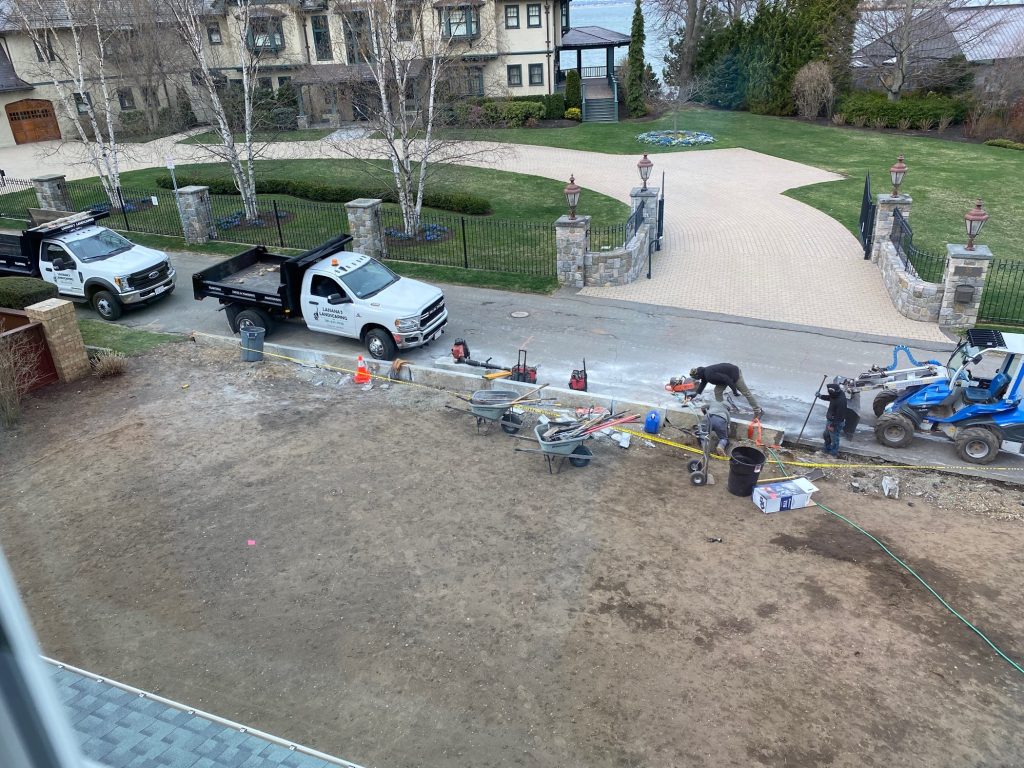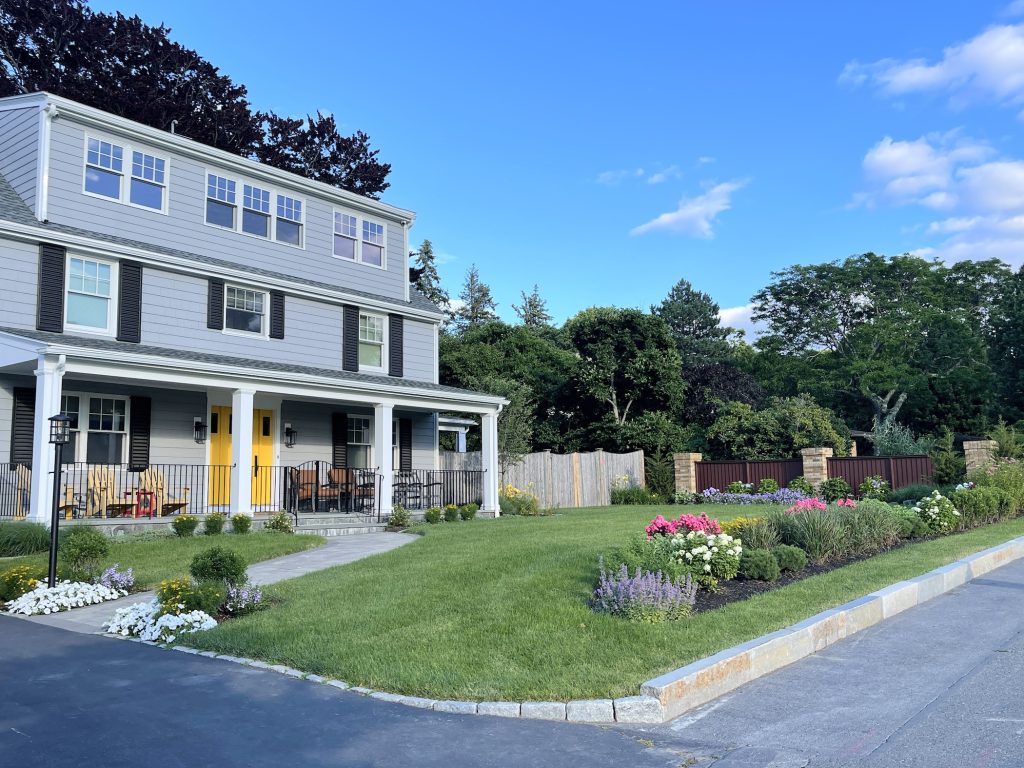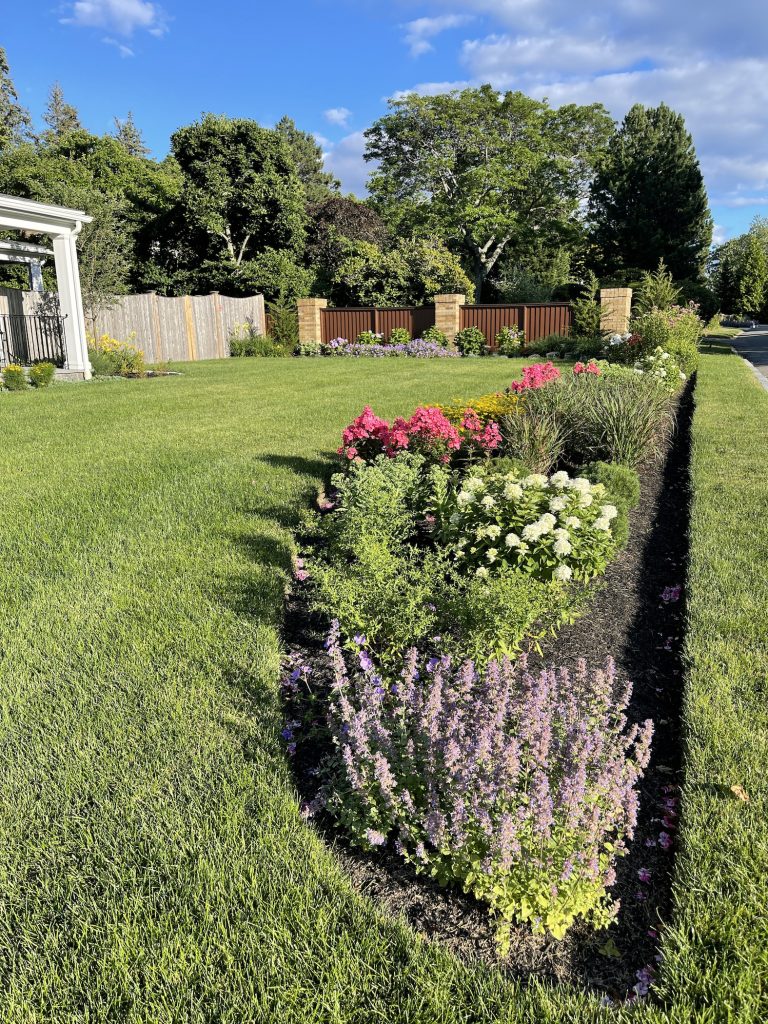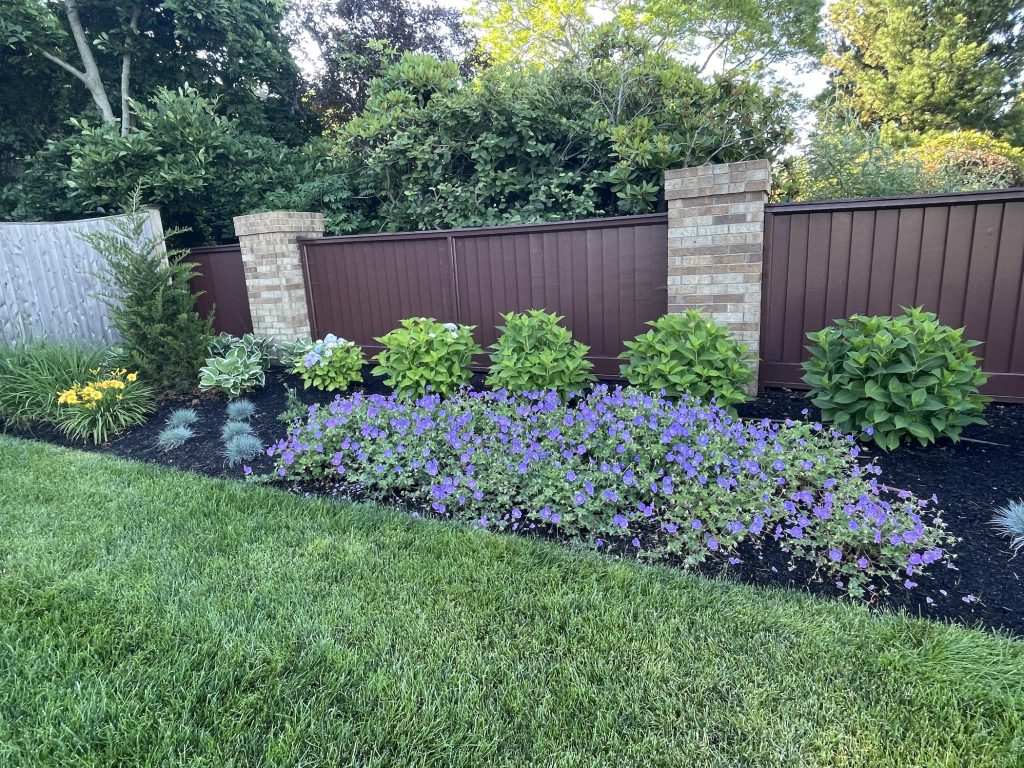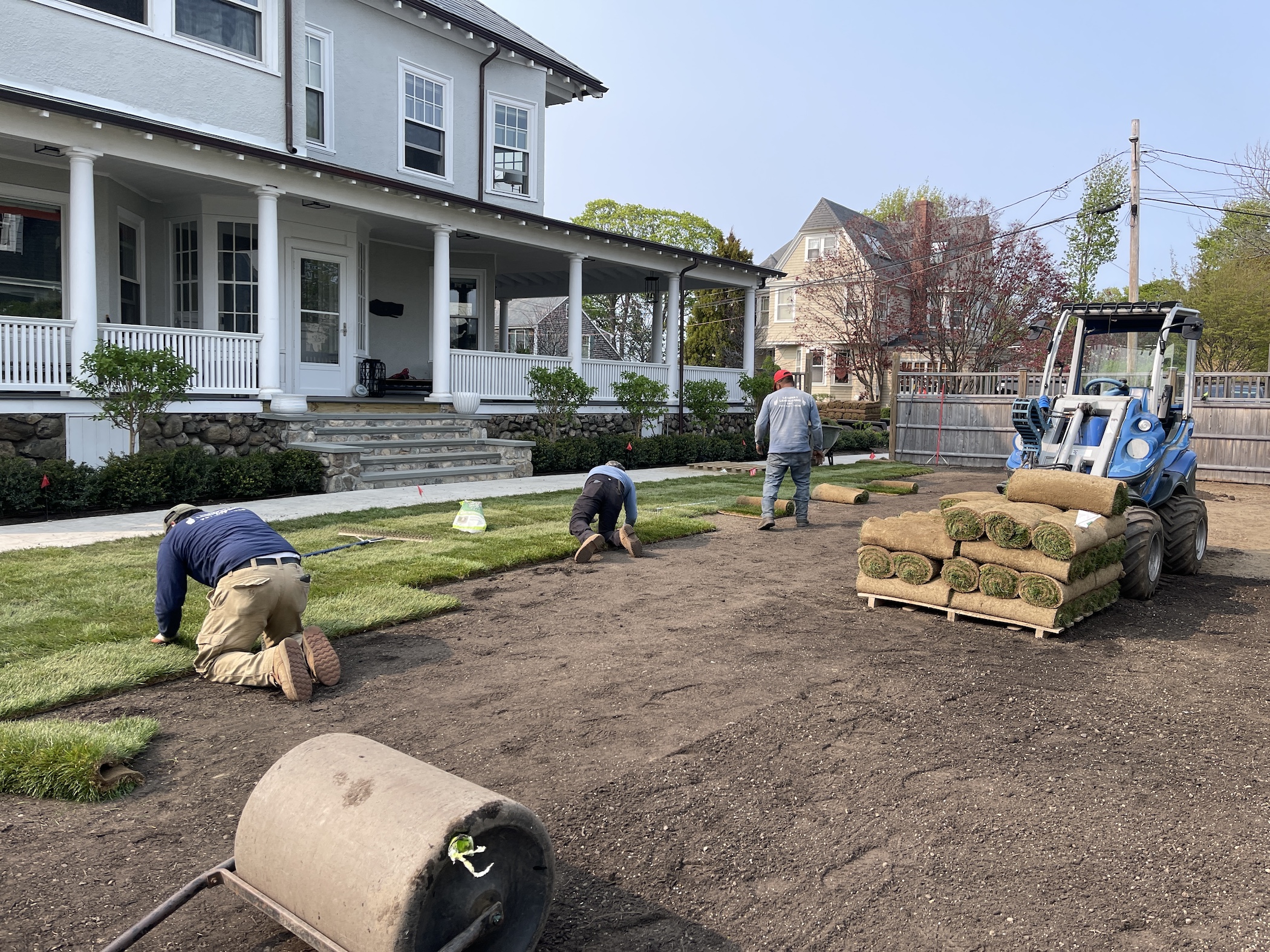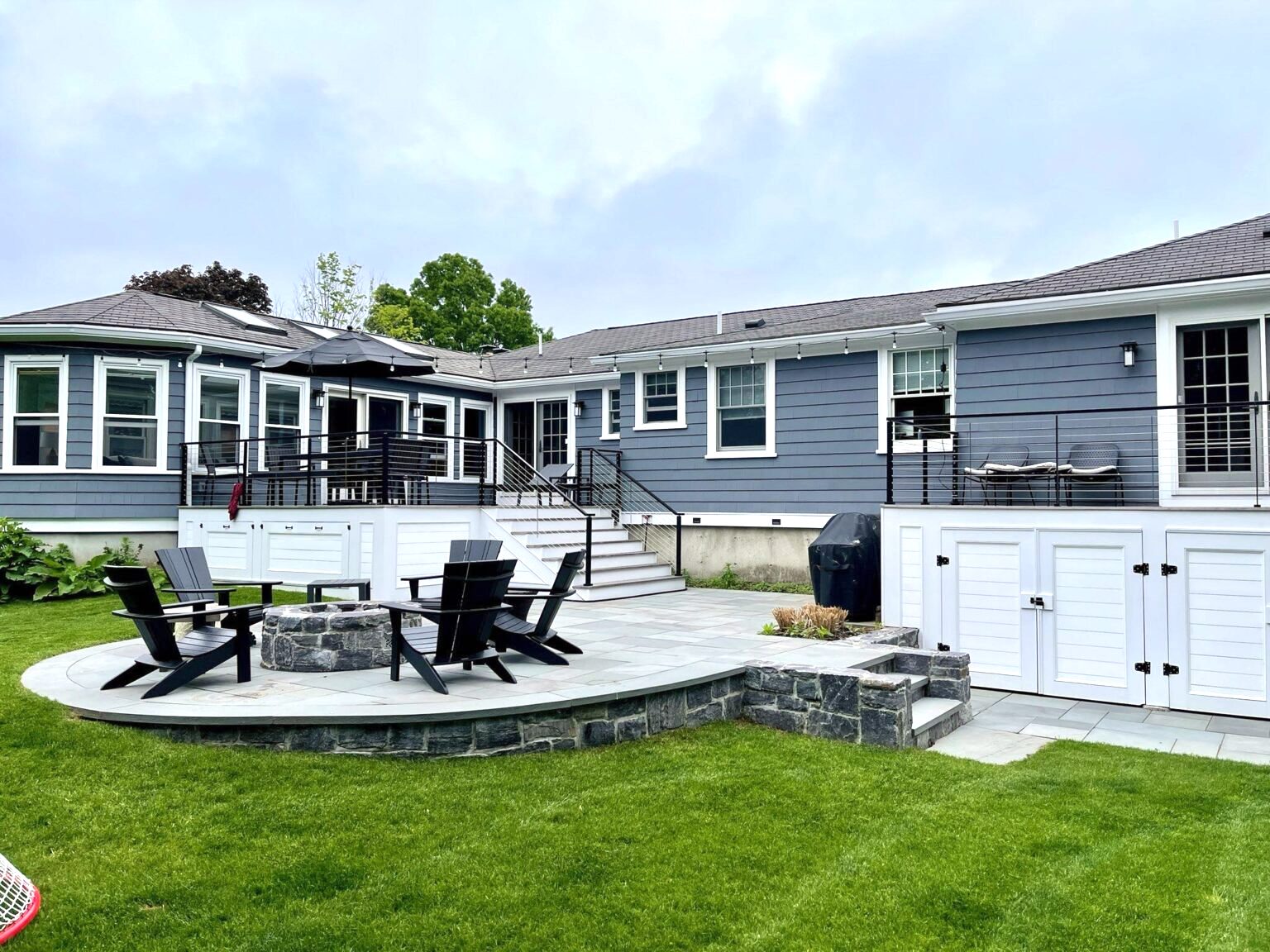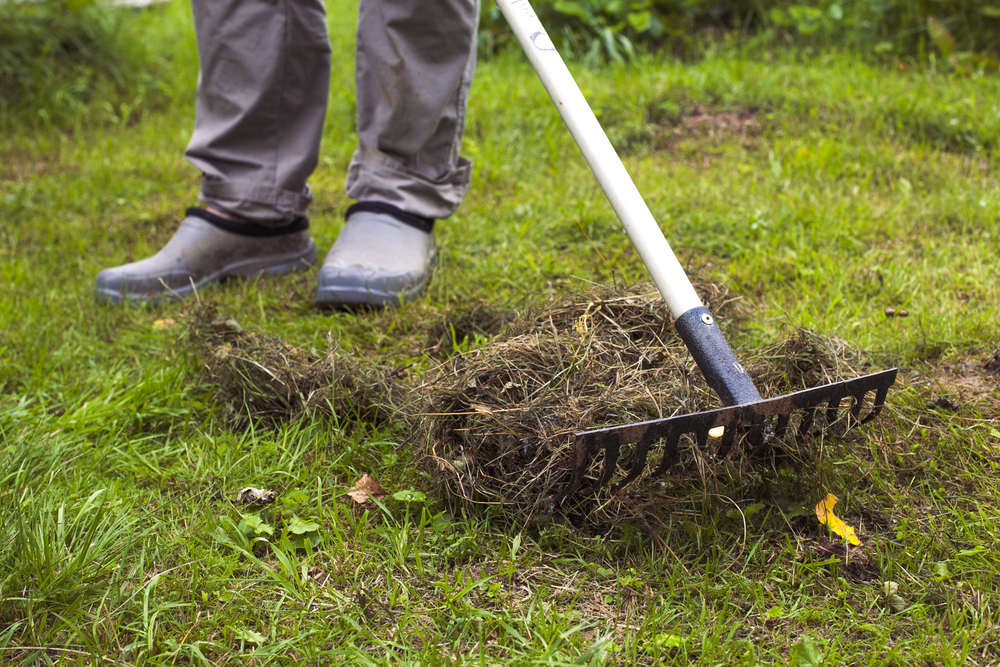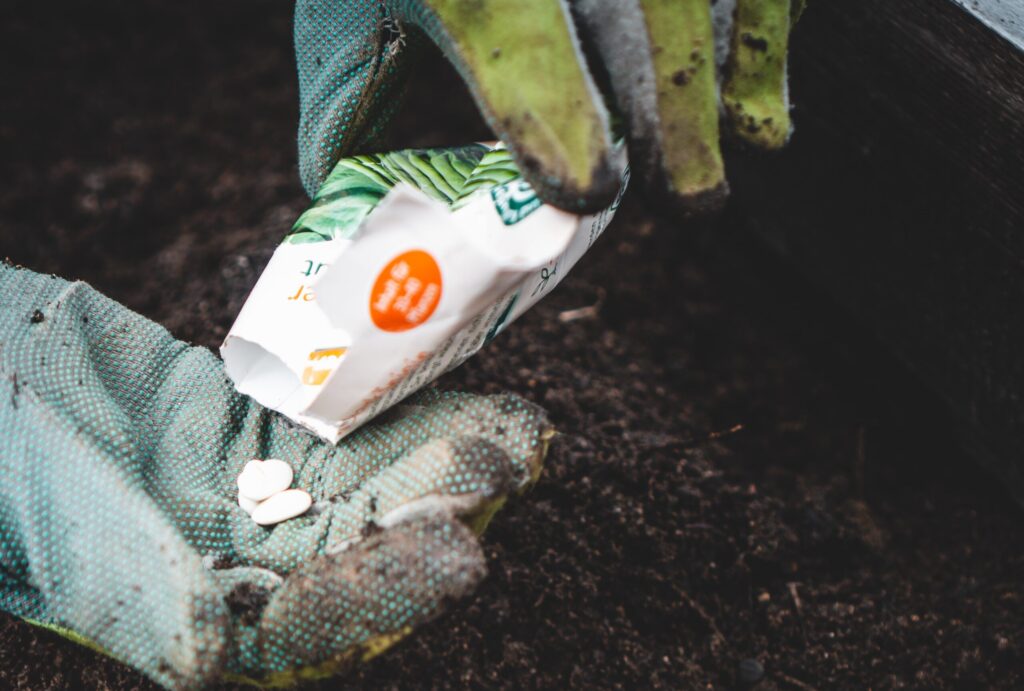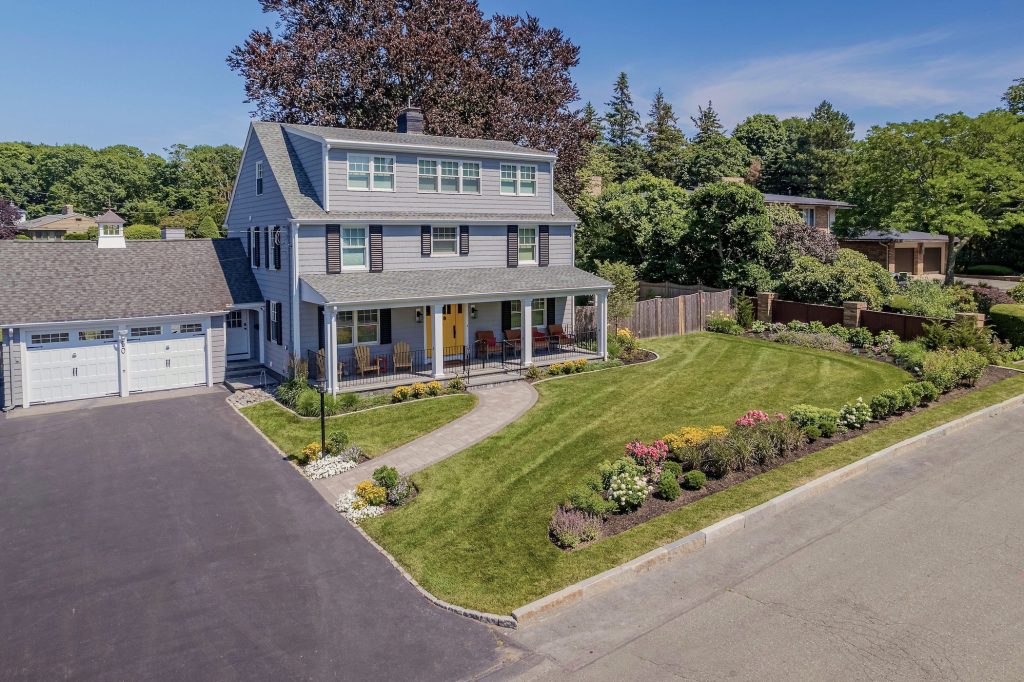
Embarking on a total landscaping renovation project is an exciting endeavor that promises to breathe new life into your outdoor spaces. From revitalizing tired lawns to creating vibrant garden beds and incorporating stunning rock retaining walls, a comprehensive renovation can transform your property into a haven of natural beauty and functionality. Lassana’s Landscaping Inc. recently had the honor of completing a massive renovation project at the beautiful home of a client. In this guide, we’ll explore the key elements of our total landscaping renovation project, including lawn renovation and sodding, designing garden beds, and creating rock retaining walls.
Reviving the Lawn: Renovation and Sodding
A lush, green lawn serves as the foundation of any well-designed landscape, providing a soft, inviting surface for relaxation and recreation. However, over time, lawns can become worn, patchy, and infested with weeds, detracting from the overall beauty of the landscape. Revitalizing the lawn through renovation and sodding is a crucial first step in any landscaping renovation project.
- Assessment and Preparation: Begin by assessing the current condition of your lawn, identifying areas of poor drainage, compacted soil, and weed infestation. Address any underlying issues, such as soil compaction or nutrient deficiencies, through aeration, dethatching, and soil amendment.
- Lawn Renovation: Remove dead grass, weeds, and debris from the lawn surface, and overseed bare or thin areas to promote healthy growth and fill in patches. Consider incorporating drought-tolerant grass species that are well-suited to your climate and soil conditions for long-term resilience and water efficiency.
- Sodding: For instant results and a uniform appearance, consider sodding larger areas of the lawn with high-quality turfgrass sod. Prepare the soil by tilling, leveling, and amending as needed, then lay the sod in a staggered pattern, ensuring tight seams and good soil contact. Water the sod thoroughly after installation to promote root establishment and minimize transplant shock.
Designing Garden Beds: Edging, Planting, Mulching, and Maintenance
Garden beds add color, texture, and visual interest to the landscape, serving as focal points and habitats for a diverse array of plants. Designing and maintaining garden beds involves careful planning, selection, and placement of plantings, as well as ongoing maintenance to ensure their health and vitality.
- Edging: Define the boundaries of your garden beds with decorative edging materials, such as stone, brick, or metal, to create clean lines and prevent encroachment from turfgrass or weeds. For a more natural look, enlist a pro to dig trench edging for garden beds.
- Planting: Select a diverse mix of plants, including perennials, annuals, shrubs, and trees, to create layers of color, texture, and form within the garden beds. Consider factors such as sunlight exposure, soil type, and water availability when choosing plant species, and arrange them in pleasing compositions that balance height, shape, and bloom time.
- Mulching: Apply a layer of organic mulch, such as shredded bark, wood chips, or compost, around the base of plants to conserve moisture, suppress weeds, and regulate soil temperature. Mulching also adds a finished look to the garden beds and improves soil fertility as it breaks down over time.
- Maintenance: Regular maintenance is essential to keep garden beds looking their best year-round. This includes watering plants as needed, deadheading spent flowers, pruning overgrown foliage, and applying fertilizers or amendments to replenish soil nutrients. Weed control is also critical to prevent invasive species from competing with desirable plants for resources.
Designing and Planting a Rock Retaining Wall: Functionality and Aesthetics
Rock retaining walls serve both practical and aesthetic purposes in the landscape, providing structural support for soil erosion control and creating visually striking terraced or tiered garden spaces. Designing and planting a rock retaining wall involves careful consideration of materials, construction techniques, and plant selections to achieve a harmonious blend of functionality and aesthetics.
- Site Assessment and Planning: Assess the slope, soil conditions, and drainage patterns of the site to determine the appropriate location and size of the retaining wall. Consider factors such as the height of the wall, the type of rock or stone to be used, and any necessary permits or regulations governing construction.
- Material Selection: Choose durable, natural stone or concrete blocks for the construction of the retaining wall, selecting materials that complement the surrounding landscape and architectural features. Consider factors such as color, texture, and scale when choosing materials to achieve a cohesive and visually pleasing design.
- Construction: Construct the retaining wall according to best practices and industry standards, ensuring proper drainage, stability, and alignment. Install drainage behind the wall to prevent water buildup and soil erosion, and backfill with well-compacted soil to provide structural support.
- Planting: Select plants that are well-suited to the microclimatic conditions of the retaining wall, such as drought-tolerant succulents, cascading groundcovers, and native grasses. Plant them in pockets or crevices between rocks, using a well-draining soil mix to promote root establishment and growth. Water newly planted specimens regularly until they become established, then taper off watering to encourage drought tolerance.
- Maintenance: Regular maintenance is essential to ensure the long-term integrity and beauty of the retaining wall. Inspect the wall periodically for signs of settling, shifting, or erosion, and address any issues promptly to prevent structural damage. Prune plants as needed to maintain their size and shape, and remove debris or sediment buildup from behind the wall to prevent drainage problems.
Conclusion: Transform Your Outdoor Space with Total Landscaping Renovation
A total landscaping renovation project that includes lawn renovation and sodding, designing and installing garden beds, and creating rock retaining walls has the power to transform an ordinary outdoor space into an extraordinarily functional and beautiful landscape. By following best practices, incorporating sustainable design principles, and selecting appropriate materials and plantings, you can create outdoor environments that delight the senses, enhance property value, and foster a deeper connection with the natural world.

